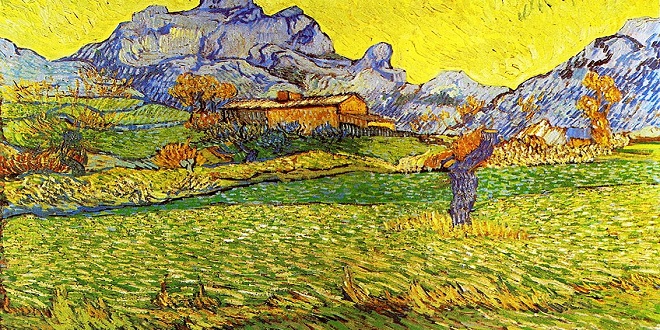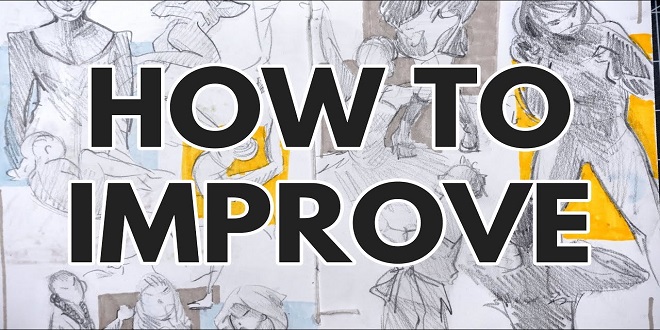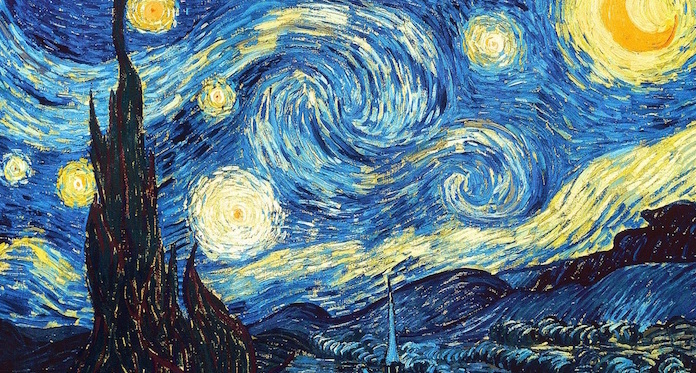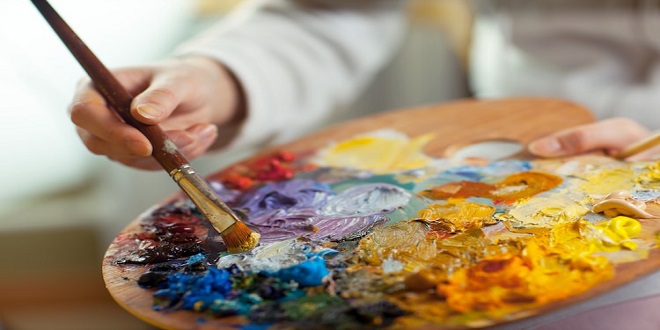Elements for Portray Artwork

The expression of thoughts and feelings through painting and portraying, using a three-dimensional visible language. These factors, which include its shapes, strains and colors, tones and tones, can be used in a variety of ways to provide sensations of quantity and space on a flat surface. You can use these elements to create expressive patterns, represent supernatural phenomena, or interpret a narrative topic matter.
Cultural traditions, such as those of tribes, religions and guilds, royal courts and states, were responsible for the design, form, imagery and issue recall of painting. They also determined its function, which could be ritualistic, devotional or ornamental, educational, interesting or informative. The role of a painter was not as an innovative artist but as a skilled craftsman. In Asia and Renaissance Europe, the notion of “quality artist” was more popularized. The social status of students or courtiers was granted to renowned painters. They signed their work, determined its problem and often its imagery, and engaged in private, if not always amicable, courting with their customers.
In the 19th century, Western artists began to lose their social status and comfortable patronage. Some artists responded to the drop in patronage by conserving their own exhibitions and charging an admission fee. Some artists earned an income by traveling exhibitions of their artworks. The need to attract patronage to art had changed, although it was less personal. Artists in the 20th century were able to reach a target market through public museums and industrial galleries, though their paintings might have been reproduced in art periodicals. They may also have received financial awards or government commissions. They were granted the freedom to create their own visual language, test new materials and strategies, and even to use existing paperwork.
Elements of layout
Layout of a portray refers to the arrangement of its colors, strains, textures, and colorings into an expressive sample. This formal corporation offers an excellent portray of its self-sufficiency, presence and sense of inevitability.
Line
Each layout element has its own expressive characteristics. Line is one example of an intuitive and primeval conference to represent matters. The simple linear imagery in young children’s drawings and prehistoric rock paintings are universally recognized. In the design of artwork from all periods of history, there are formal relationships between thick and thin lines, continuous with damage, and sinuous with jagged. The painted contours of photos can also be used to describe the spatial function, quantity and weight.
Form and mass
As factors of layout, shape and mass include all areas of color, tone, texture, and individual photos.
Children instinctively use geometrical symbols to represent what they see. While this imagery has not been the most successful, some of the most skilled contemporary artists, such as Jean Dubuffet and Paul Klee, have borrowed it. However, the most expressive and expressive shapes and masses in all forms of portray, and the ones to which most intuitively respond, will often be based on archetypal bureaucracy. A layout will be dominated by a rectangular or circular shape, and can often be identified at its central center.



